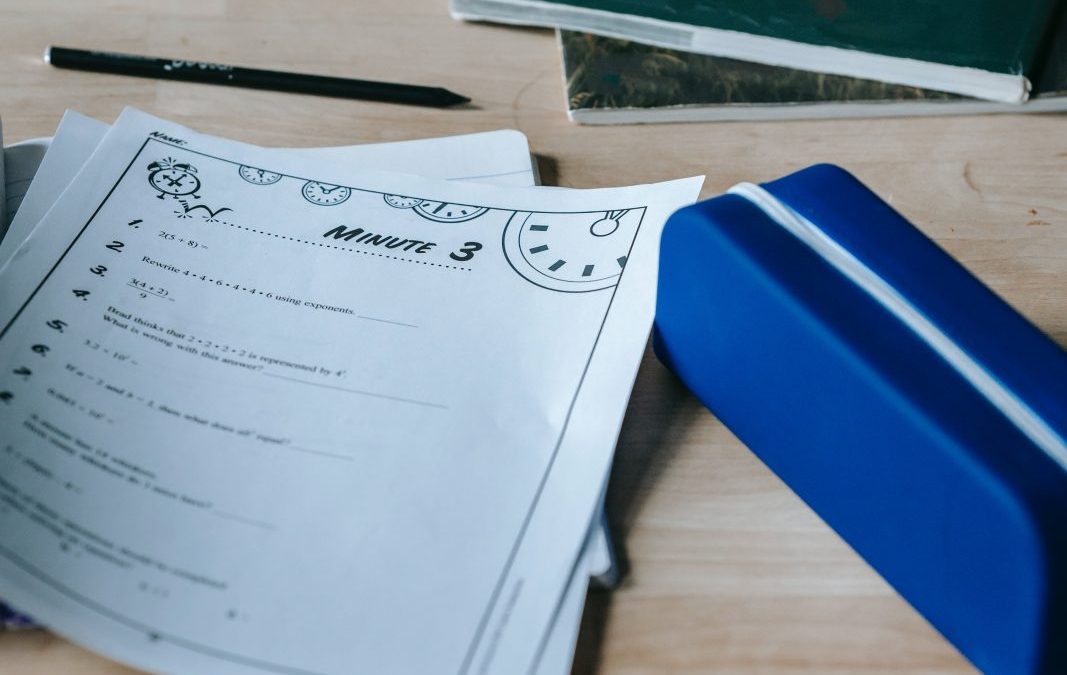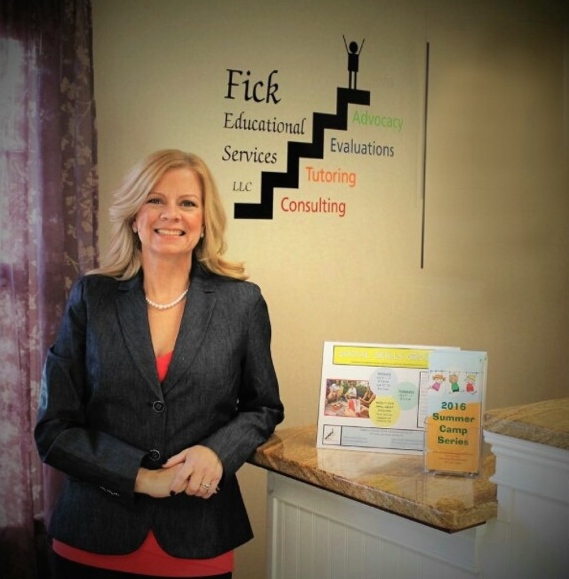We’ve reached the point in the year where report cards have gone out, the calendar has turned over, and the end of the school year is feeling more and more real for students. This is also the time of year that we start noticing academic struggles taking root. As a classroom teacher, it was common to see report cards with dropping averages from the first to second quarter. As a parent, you’re likely hoping every dip in a grade will rise, but now is the time to take action to ensure that we enter the summer on a high note. Here’s a quick guide for you to use right now!
- Monitor progress (or lack thereof). We’re now halfway through the school year. If the first report card in the fall featured mostly A’s and some B’s, and the most recent one featured mostly B’s and some C’s, that shows a consistent drop in academic performance. That should raise a red flag and lead to a conversation with your child and their teachers about any challenges they face. Conversely, if your child started with C’s in each class initially and the current report card features B’s, clearly something is going right in the class and during study time. Still have that conversation with your child and their teachers! Make sure to recognize the achievements and improvements, and offer some time to reflect on what worked well and make sure to continue those behaviors.Also, don’t necessarily worry if you see grades staying consistent from the first and second quarters. You know your child’s abilities, so celebrate maintaining grades and achieving consistently, and work to improve where there are opportunities.
- Set SMART expectations. After understanding where you started the year and its current state, you should be able to set SMART new goals with your child. SMART is actually an acronym that stands for “Specific. Measurable. Achievable. Realistic. Timely.” Developing a goal for your child using this framework helps establish expectations that are easy to buy into!Here is an example: Your child wen from a solid B average to a solid C average. After a discussion with your child and their teachers, you agree that they can do better and have not been completing as many assignments. You develop the SMART expectation of “your child returning to a B while not missing more than two assignments in each class by the next report card.” It is a SMART goal in that it is:
- SPECIFIC: It outlines exactly what the outcome will be. In this case there are two: missing no more than two assignments and achieving a B average. A non-specific goal would just ask a child to ‘improve’ or ‘miss less assignments’.
- MEASUREABLE: It says exactly how many assignments and exactly what grade is needed, and each of those metrics are simple to measure. A non-measurable goal may feature something overly vague goal or that cannot be tracked, such as paying attention during class more. There is no way to objectively measure how much your child paid attention in Quarter 1 and it’s not feasible to measure attention in Quarter 2 in most cases.
- ACHIEVABLE: This is an achievable goal because the goal of getting back to a B average is clearly attainable for the child; they have done it before! An unattainable goal would be to have an A+ average for all classes. For one, with two quarters complete it is impossible to improve those submitted grades for a cumulative A average. Second, the child may just not be able to achieve a perfect grade in every class; an A+ can absolutely be impossible.
- REALISTIC: This goal is realistic because it asks the child to only miss 2 or fewer assignments. An unrealistic goal would be to not miss a single assignment during third quarter. While it may be possible, it just doesn’t make sense for the context of the rest of the goals, especially when factoring things like sick days and personal obligations. Another unrealistic goal would be to make up all missed assignments from the first two quarters. While your child may learn something from this, it won’t help them achieve higher grades and may take time away from current academic obligations.
- TIMELY: This goal is timely because it outlines it should be achieved by the third quarter. An untimely goal has no time constraints. An example of an untimely goal would be to ‘bring your grades up’, as there is no set endpoint by which it must be done.
- Keep track of how things go. Setting a goal should be the first step of achieving more highly. As a parent, it’s best to stay on top of these goals and check in weekly. This will allow you to always have an understanding of where grades stand and not be in for a surprise come the next report card.
- Develop a game plan. Maybe this means setting your child up with a study group. Maybe it means finding a tutor for your child to work one on one with. (We can of course help you find a great tutor!) No matter what, though, make sure some meaningful changes occur in the day to day for your child. Hopefully, a conversation with your child will open your eyes to what they need to be more successful.Keep in mind that the changes do not need to be drastic. Simply scheduling 20 minutes of study time a night or instituting a daily assignment check-n protocol can make the changes needed. Scale your interventions to fit the goals you have outlined for success.
This simple guide can help set the stage for ending this school year the way you envision it! Remember that a plan for academic achievement is never one size fits all and every situation features unique wrinkles, but consistent change is nearly impossible without a solid plan. When in doubt, feel free to reach out to us to get a new perspective on your child’s journey.

 Fick Educational Services is devoted to the educational needs of the children through individualized learning plans, tutoring and advocacy.
Fick Educational Services is devoted to the educational needs of the children through individualized learning plans, tutoring and advocacy.

